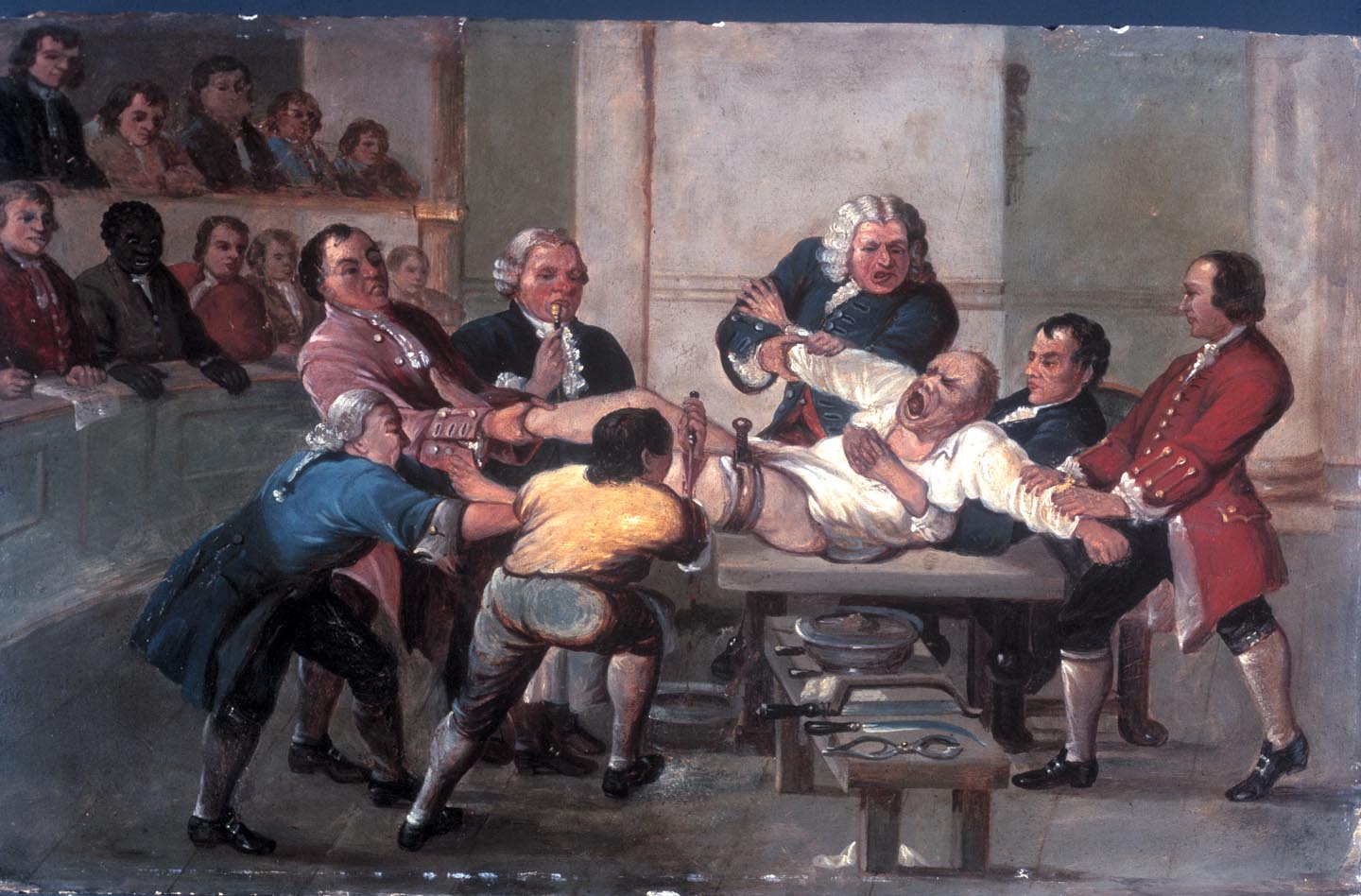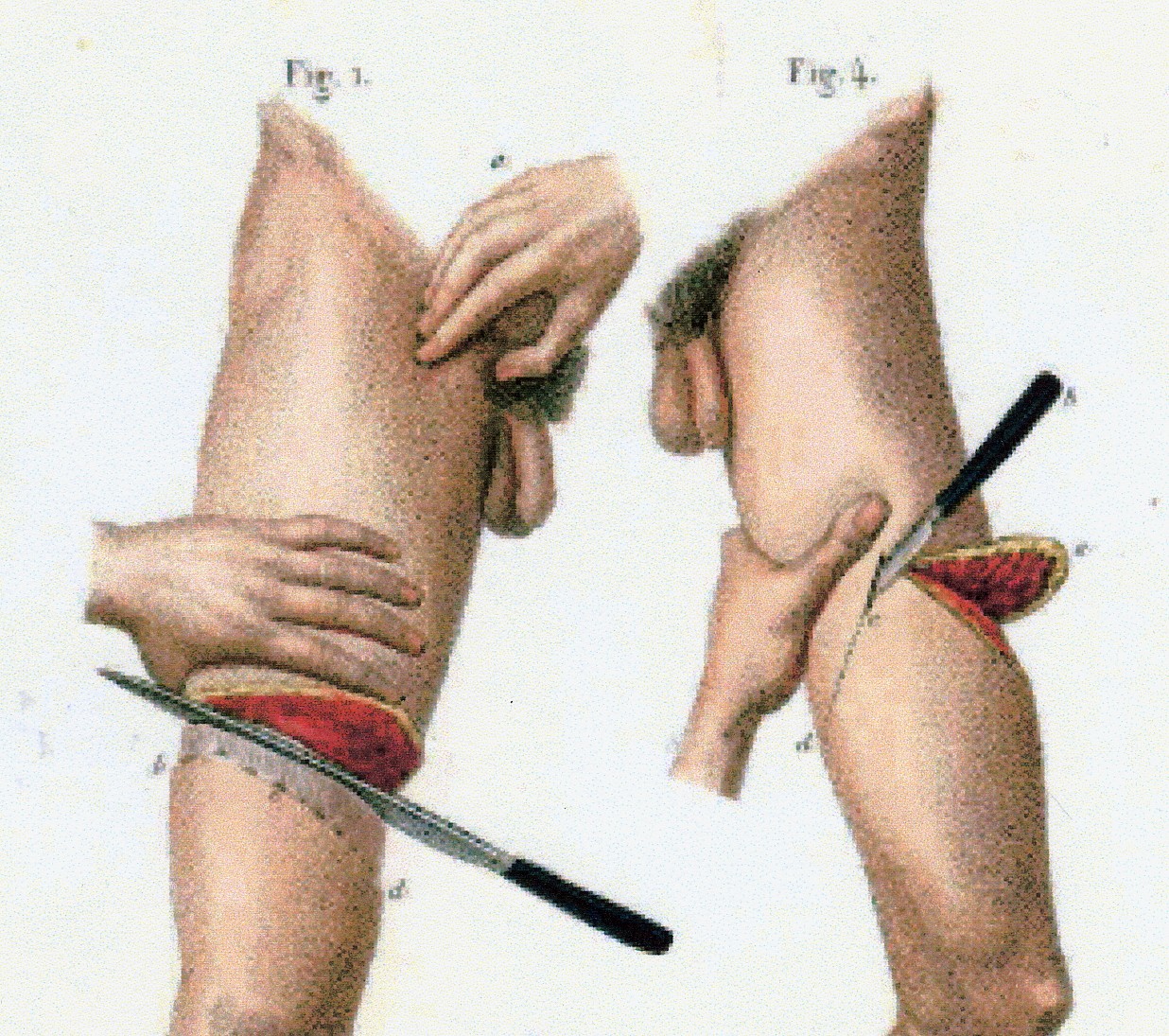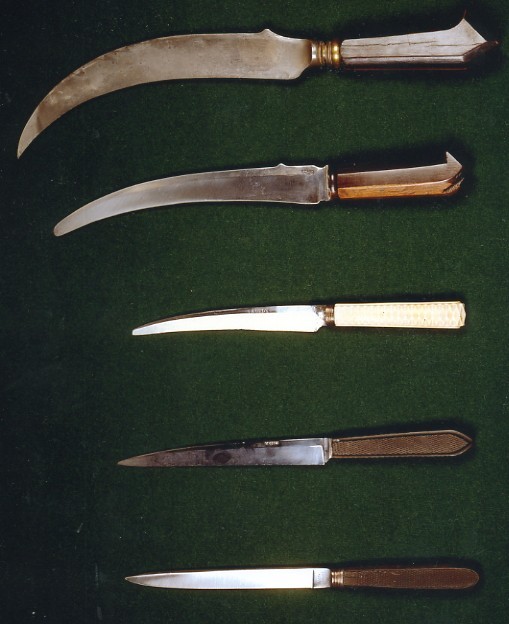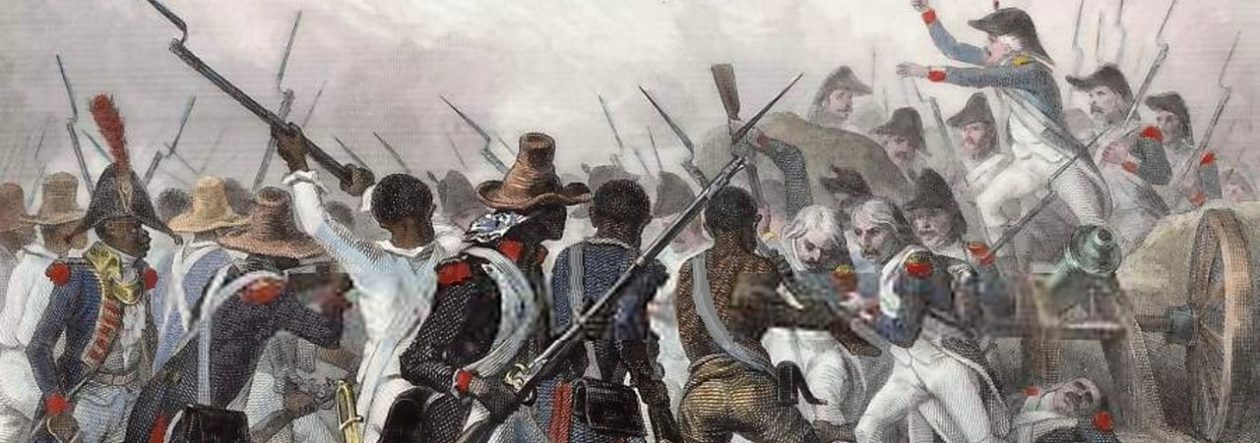Interviewed by Helen Howard
Dr Mick Crumplin – an introduction

What themes do you think Lord Uxbridge’s limb or history helps us to understand and what do we need to know about the object to make sense of it?
a. Is there anything revolutionary or transformative about the history that is packaged up in this artificial limb? and b. Does it capture or reflect an important movement if so, what is it?

Has the way we view this object or the issues we’ve touched upon changed substantially as our approaches change and scholarship develops?

What might experts think about this which might differ from how non-experts view it?

Thinking more widely, what were the biggest changes that you think helped to characterise medicine during this period?
Are there other activities, other than finding out more by reading, that could help students unpack this subject area?
Why do you think it’s important that we study this subject matter?
